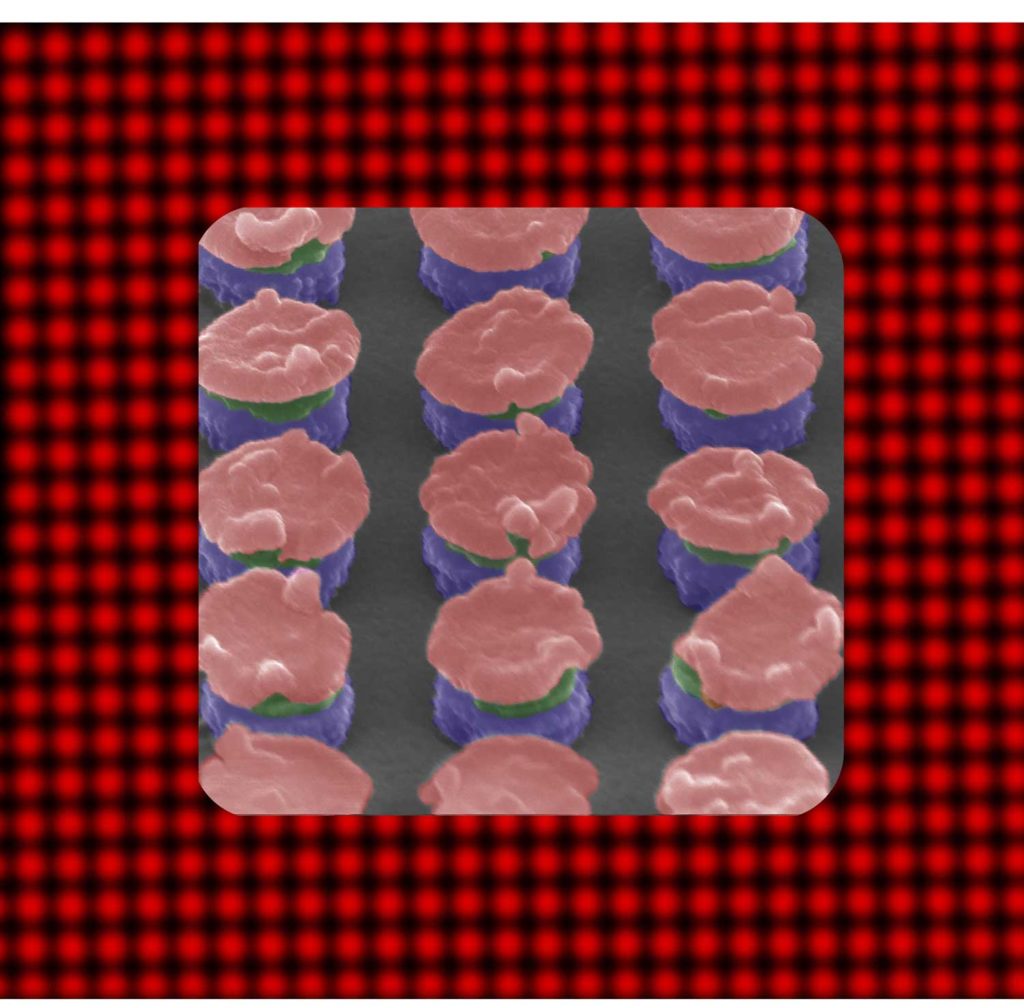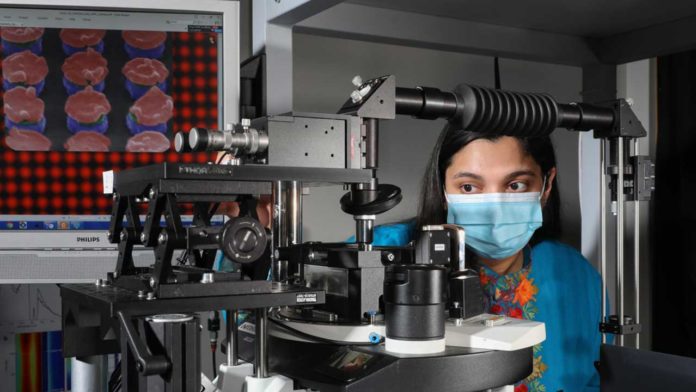Pregnancy tests and rapid-detection tests for coronavirus work almost similarly. The test kit contains a metal surface with equipped chemical nanosensors that detect specific compounds in a sample of urine, saliva, or blood that indicate the presence of a given protein or part of a virus.
The test displays positive results if those nanosensors react with the target compound. This biological mechanism is invisible, but the metal structure is light-sensitive. Interaction of metal with light can create disturbances in the light’s movement.
Olivier Martin, head of EPFL’s Nanophotonics and Metrology Laboratory, within the School of Engineering, said, “These disturbances are what tell us that a sensor on the metal surface has come into contact with the target compound. The process creates an optical wave, which propagates and appears as a red line on a pregnancy test, for example.”
To make the technology more sensitive and more effective, EPFL scientists have developed a method.

In their method, scientists used aluminum for metal surfaces and placed nanosensors on them. They then added a silicon layer just below the aluminum. The silicon layer doesn’t conduct electricity.
Martin said, “The silicon acts as a soundbox. Picture a kettledrum – its surface vibrates when a drummer hits it, and it’s the soundbox underneath that lets us hear the vibrations. In our system, the silicon layer serves as a resonator and amplifies the metal’s reaction, making the system more sensitive. That means we can detect smaller proteins or smaller concentrations of viruses.”
This sandwich-type system works on a nanometric scale. But why scientists developed such miniature technology?
Martin said, “We have to operate on the same scale as the objects we want to detect – in this case, proteins and viruses. Also, the optic response is different depending on the scale we’re using. A bar of silver can look grey to us, but on a nanometric scale, the silver particles appear blue.”
“This is the first time that we have developed a medical testing system by coupling a metal with an electrical insulator.”
“We have formulas to design nanostructures for metals and dielectric materials, but we still need to find one that combines the two. Developing our sandwich technology was a real challenge. Next, we plan to experiment with other metals, which will give rise to new challenges. We also need to optimize the structure of our device so that the optical resonance is as strong as possible.”
Journal Reference:
- Debdatta Ray et al. Hybrid Metal-Dielectric Metasurfaces for Refractive Index Sensing.DOI: 10.1021/acs.nanolett.0c03613
